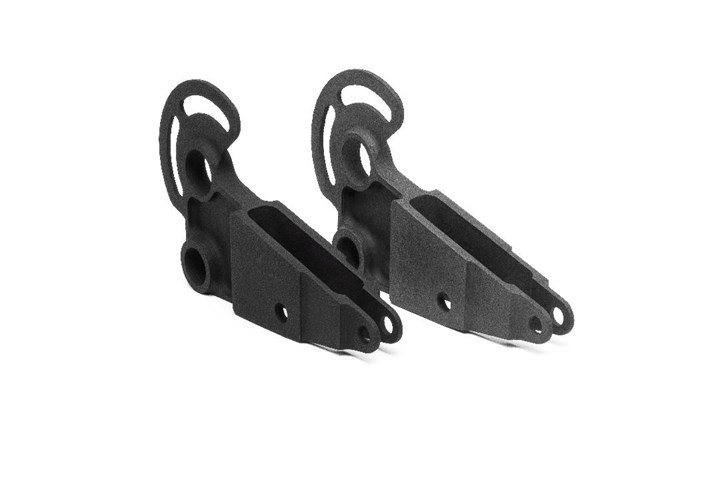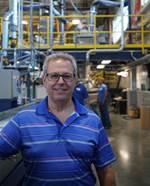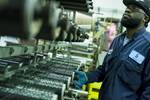Impossible Objects Offering 3D Printed Composite PEEK Products at PA12 Prices
Impossible Products says it can offer a lower price and better performance because of the advantages of its composite-based CBAM process and lower cost sources for PEEK.
Impossible Objects, which developed the composite-based additive manufacturing (CBAM) process, has now reduced the cost of PEEK products, making them available at the price of conventional PA12 prices and saving up to 80% from product costs, said Robert Swartz, chairman and founder of Impossible Objects.
Polyetheretherketone (PEEK) is a semi-crystalline, high-performance engineering thermoplastic known for its high-temperature performance, strength and chemical resistance that competes with metals in performance.
“PEEK is the absolute gold-standard material in today’s composite manufacturing, thanks to its incredible temperature performance and chemical resistance and strength, but its high cost keeps it out of reach for the majority of manufacturers,” Swartz said. “Our methods have reduced the cost of the material so much that PEEK is comparable to more common composite materials.”
In studies, PEEK products reportedly showed tensile strength of 132 Mpa, compared to 50 Mpa for PA12, and a melting point of 343 °C, compared to 210 °C for PA12.
The company says it can offer a lower price and better performance because of the advantages of its composite-based CBAM process and lower cost sources for PEEK.
Impossible Object’s CBAM process advantages are said to include using fiberglass, a lower cost substrate; utilizing about half of the polymer; and processing 10 times faster than the speed of Fused Deposition Modeling (FDM).
“As a result of using less material in the process than our competitors, we are able to reduce our final costs for customers, no matter what polymer we use,” Swartz said. “Thanks to our lower cost sources for PEEK, we are able to provide PEEK at prices comparable to conventional polymers like PA12.”
Currently, the industries that often utilize PEEK are aerospace, automotive and aviation – but the company believes that other industries and companies would benefit use the product except for the higher price tag.
Lowering material cost is important for broadening adoption of additive manufacturing, and research has shown that costs of materials used in 3D printing can be higher than traditional manufacturing materials by up to a factor of eight on a per-weight basis.
“Our CBAM process has revolutionized 3D printing, offering faster speeds, better material properties and wider material selection,” Swartz said. “Allowing more of our customers to utilize PEEK is another way that we are building on the promise of additive manufacturing to drive widespread innovation across sectors and industries.”

Carbon fiber nylon, left; carbon fiber PEEK, right.
Related Content
-
3D Printing of Injection Molds Flows in a New Direction
Hybrids of additive manufacturing and CNC machining can shorten tooling turnaround times.
-
Additive Technologies for Injection Mold Tooling Ride Tailwinds
NPE2024: Lowering barriers to additive manufacturing adoption in toolmaking.
-
Make Every Shot Count: Mold Simulation Maximizes Functional Parts From Printed Tooling
If a printed tool only has a finite number of shots in it, why waste any of them on process development?
















